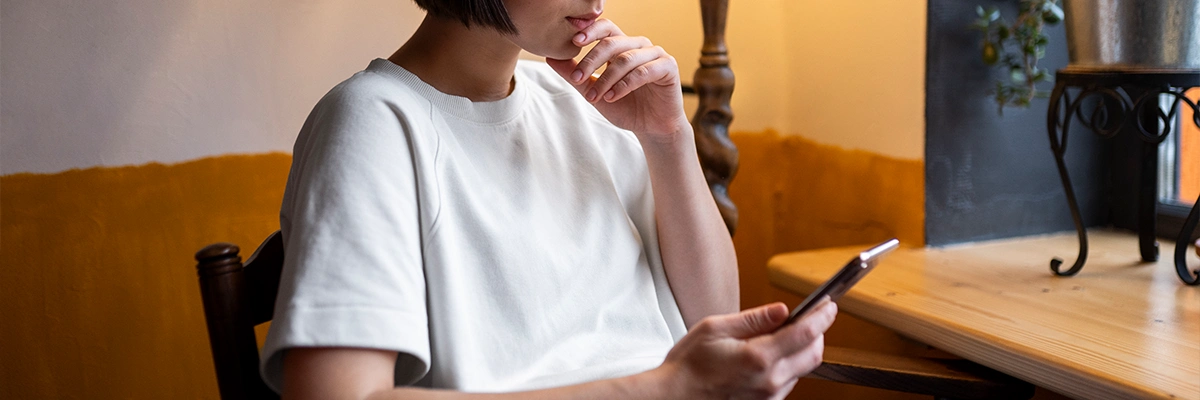
Why Poetry Is Gaining Popularity Among Young Readers
There is a paradox in the modern literary world.
For decades, the narrative has been consistent: literacy is in decline, attention spans are nonexistent, and young people, in particular, do not read. Book sales are stagnant. The novel is fighting for its life against Netflix and TikTok.
And yet, in the middle of this supposed “literary apocalypse,” one genre is not just surviving; it is experiencing an explosive, youth-driven renaissance.
Bookstores have expanded their poetry sections for the first time in a generation. In the United States and the UK, poetry sales have skyrocketed, driven almost entirely by readers under the age of 30. A poet, Rupi Kaur, can sell over 10 million copies of her books, a feat that rivals the biggest blockbuster novelists.
How is this possible? How can the oldest, most “difficult” literary form be the chosen medium for the “10-second” generation?
The answer is counter-intuitive, but simple. Poetry is not popular despite the digital age. It is popular because of it.
The very forces that seem to threaten traditional reading short attention spans, the dominance of visual media, and the craving for social connection have aligned to create the perfect ecosystem for the poetic form.
Modern poetry, particularly the kind dubbed “Instapoetry,” is not a relic. It is the ideal art form for the social media age. It is visual. It is immediate. It is emotionally potent. And, most importantly, it is shareable. It has transformed from a solitary act of reading into a social act of self-expression.
The Search for the “Real”: Poetry as an Antidote
The first, and most important, driver of poetry’s rise is emotional. We live in a curated world. The dominant aesthetic of the social media age, particularly on platforms like Instagram, is one of “gloss.” It is a performative, hyper-filtered reality.
Young readers are scrolling through an endless feed of perfect lives, perfect bodies, and perfect vacations. They are saturated with content that feels aspirational, but fundamentally fake.
This curated world creates a profound hunger for its opposite: authenticity.
This is where modern poetry enters. The new wave of popular poets found success by rejecting “gloss” entirely. Their work is raw, direct, and often messy. It is a literature of the “unfiltered.”
Where the “influencer” posts a photo of a perfect, smiling life, the “instapoet” posts four lines about anxiety, heartbreak, abuse, or the quiet, confusing moments of being alone.
This serves two critical functions for a young reader.

First, it provides an “instant connection.” In a high-speed, low-attention world, a 400-page novel is a massive commitment. It is a slow-burn relationship. A short poem in your feed is a “shortcut” to a deep feeling. It is an immediate emotional jolt. It can be read, understood, and felt in under 30 seconds.
Second, it provides validation. The new generation is more open about mental health, anxiety, and identity than any before it. When a reader scrolling through a feed feels isolated in their sadness or confusion, a poem that articulates that exact feeling acts as a powerful confirmation. It is a voice saying, “I see you. You are not alone in this. This feeling is real.”
This makes poetry more than just art. It makes it a tool for wellness. It is not an escape from reality; it is a confrontation with it. It is the “real” in a world of fake.
The Perfect Container: The “Instapoetry” Format

This emotional engine would not work if the format were not perfectly engineered for the platform. The reason poetry “clicks” in a feed, while a page from a novel does not, comes down to a simple, brilliant evolution in design.
The undisputed pioneer of this is Rupi Kaur. Her work provides the blueprint for the modern poetic form.
The first thing to understand is that “Instapoetry” is not text. It is a visual object.
When you are scrolling Instagram, your brain is in a “scanning” mode, not a “reading” mode. A dense block of text, like a screenshot of a novel, is perceived as “work.” It is a wall. The eye glides right over it.
Kaur’s poetry, by contrast, is an “image.” It is composed of three elements: short, simple lines; a vast amount of “negative” white space; and often a simple, line-drawn illustration.
This visual economy stops the scroll. The white space gives the text “room to breathe” in a cluttered feed. It is not intimidating. It is inviting. It is processed by the brain first as an image to be looked at, not a text to be deciphered.
The second part is its instant gratification. The format is perfectly suited to a short attention span. A poem can be consumed and understood in a single screen. It delivers a complete emotional cycle a setup, a development, and a “punchline” (the final, resonant line) in seconds.
A novel excerpt cannot do this. It is, by definition, out of context. It is an unsatisfying fragment. The modern poem is a self-contained, complete emotional “hit.”
Finally, this format is built for virality. The entire, self-contained artwork can be captured in a single screenshot. This makes it, by its very nature, one of the most shareable forms of art ever created. You cannot screenshot one-tenth of a painting or a 30-second clip of a film and transmit the entire experience. With an instapoem, you can.
This simple, shareable format is the delivery mechanism for the authentic emotion that readers are craving.
The Social Object: Poetry as Self-Expression
The shareability of the format leads to the third, and most transformative, aspect of poetry’s new life: it has changed from a solitary act into a social one.
Historically, reading poetry was one of the most private, internal acts a person could perform. You sat alone with a book. The connection was one-to-one, between you and the long-dead poet.
The digital age has turned this inside out. For many young readers, the act of sharing the poem is as important, or perhaps more important, than the act of reading it.

When a reader posts a poem to their Instagram Story, they are not just “recommending” a book. They are engaging in an act of self-expression. The poem becomes a token of their identity.
The post is a form of communication. It says, “This is me.” “This is how I feel right now.” “This is my worldview.”
It is a way to articulate a complex inner state to their entire social circle without having to write the words themselves. The poem becomes a “shortcut” to vulnerability.
This has a profound effect on the literary market. Success is no longer determined by legacy critics at The New York Review of Books. Success is determined, almost exclusively, by the community.
This is where the user’s point about “minimal investment” is so critical. A publisher does not need a massive marketing budget to “launch” a poet. The audience does the marketing for them. A single poem, shared and re-shared, can “go viral” and “crown” a new author.
This community aspect, this transformation of the poem into a “social object,” has made reading a public, participatory, and shared experience.
Parallel Worlds: Debunking the “Gateway” Myth

A common question asked by traditionalists is: Is this “simple” Instapoetry a “gateway drug”? Is it a “bridge” that will lead these new, young readers to the “real” poetry of John Keats, Sylvia Plath, or T.S. Eliot?
The answer appears to be “no.” And that may not be a bad thing.
The world of Instapoetry (Kaur, Atticus, etc.) seems to be a massive, powerful, and largely self-contained ecosystem. It has its own stars, its own rules, and its own audience. The readers in this world are not necessarily looking for a bridge to denser, more academic work. They are here for the unique emotional and social experience this new form provides. It is its own art form, not a “beginner’s class” for another.
However, a fascinating parallel phenomenon is happening. While Instapoetry exists in its own “world,” other platforms chiefly TikTok are creating their own separate trends around classic poets.
This is not a “bridge”; it is a “teleport.”
A snippet of audio of a user reading a Sylvia Plath poem will suddenly go viral. A “challenge” will emerge where users post moody videos set to a line from an Emily Dickinson poem. A specific edition of a Shakespearean sonnet will become an aesthetic “object” to be photographed and shared.
These are two separate, parallel, and uniquely digital phenomena. One is a new generation of poets using new platforms. The other is a new generation of readers using new platforms to rediscover old poets.
These two worlds rarely overlap. A fan of Rupi Kaur is not necessarily being led to Sylvia Plath, and a TikTok user obsessed with a Plath quote is not necessarily reading Rupi Kaur. They are just two different ways the digital age has, against all predictions, found a deep and abiding need for the poetic form.
Conclusion: The Resilient Word
Poetry is not gaining popularity in spite of the digital age. It has simply adapted. It has proven its resilience by becoming the perfect art form for the digital age.
It has become the language of the modern, digital soul.
It is successful because it serves a critical need: the craving for authentic, raw emotion in a world of curated “gloss.”
It is successful because it fits the format: it is visual, immediate, and perfectly designed for the 10-second attention span.
And it is successful because it has redefined community: it has transformed a solitary act into a powerful, shareable, social expression of identity.
The doomsayers who predicted the death of literature were looking in the wrong place. They were waiting for the next great novel. They did not notice that the next great literary movement was happening in four-line stanzas, in the palms of our hands.
Recommended for you

What Age Do Kids Start Reading and How to Support Their Learning
There is one question that lives in the back of nearly every new parent’s mind, a question often loaded with anxiety: “What age do kids start reading?” We see other children in preschool who can already identify words. We hear conflicting advice. We are programmed to look for a single, specific milestone age 5, age […]
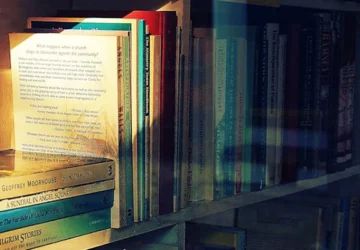
Best Biographies of Influential Figures
What makes a biography “great”? The simple answer is “accuracy.” A good biography, we assume, is one that gets all the facts right. It has the correct dates, the verified quotes, the detailed footnotes. This answer is true, but it is incomplete. It is the answer for a historian, not a reader. A simple collection […]
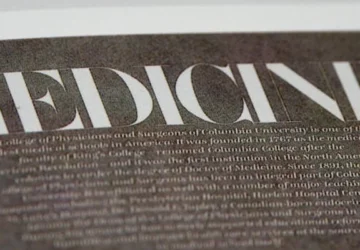
Top Books for Medical Students
Medical school is an onslaught of information. You will spend the next four years (and beyond) immersed in a world of complex facts, intricate diagrams, and high-stakes exams. Your primary focus, understandably, will be on mastering the science of medicine. But becoming a great doctor requires more than just knowing the Krebs cycle or the […]
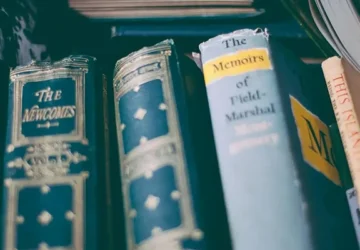
Top Modern Novels Worth Reading
What makes a novel “modern”? The word itself is a trap. Does “modern” mean new? Does it mean it was written in our lifetime? Or does it refer to a specific, explosive period in art (capital ‘M’ Modernism) that shattered every rule it could find? We believe it’s all three. The “modern novel” isn’t just […]
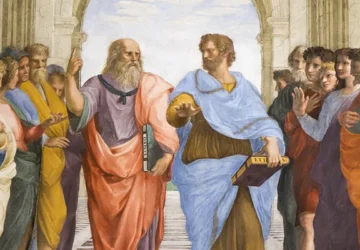
Philosophy Books That Change Worldviews
Some books are entertainment. Some are information. A very small few are dynamite. They don’t just add to what you know; they change how you know it. They are philosophy books that change worldviews by locating the hidden assumptions you live your life by the very foundations of your “common sense” and putting a metaphorical […]

How to Become More Productive: Step-by-Step Guide
In one afternoon, a small team can draft a long-form article, auto-generate matching social graphics, and cut a 60‑second explainer video—without touching traditional timelines or hiring a studio. The shift isn’t hype: AI tools now turn plain text into publish-ready visuals, videos, and SEO-optimized pages, compressing days of manual work into hours. If your goal […]

What Is Reading Fluency and How to Improve It
Ask someone what is reading fluency, and they will likely give you a simple answer: “It means reading fast.” This answer is understandable. It is intuitive. But it is also dangerously incomplete. Reading fluency is not a race. It is not about simply processing words at maximum velocity. True fluency is a complex skill, a […]

How to Read Academic Literature Effectively
Reading an academic journal article is not like reading a novel. It is not like reading a blog post. It is a completely different activity. A novel invites you in. A blog post gives you its point quickly. An academic paper, by contrast, is a fortress. It is dense, written in a specialized code, and […]